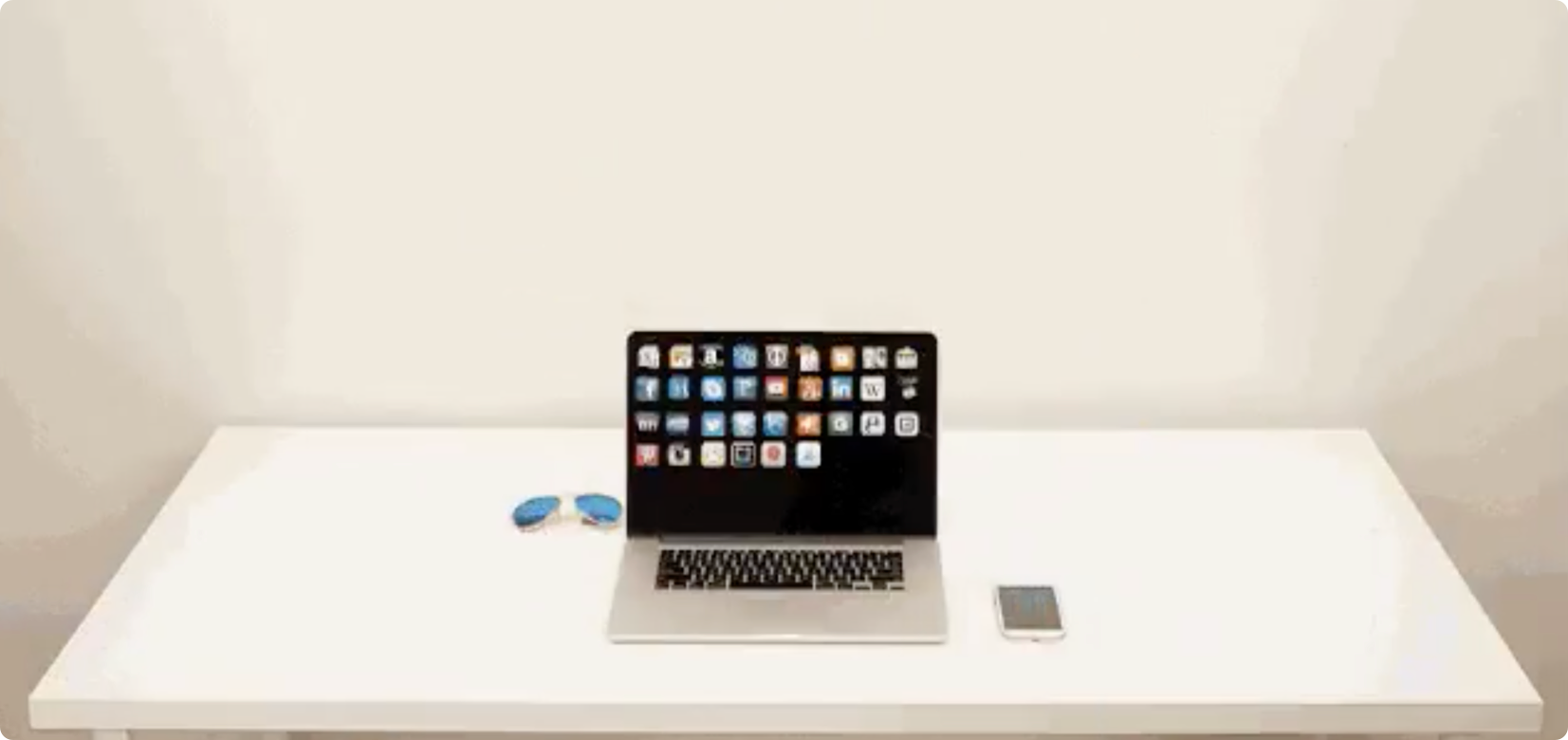The Convergence of Code and Design Tools

Twitter Reddit LinkedIn Facebook
This article appeared first on blended.io.
• • •
Last weekend, I went into a few drawers at my desk at home and took out everything that I don’t really use often enough to warrant the space. I found an old Canon camera that I bought in California in 2006.
When was the last time I used the camera you ask? That’s the right question. Different hardware with singular use cases have since been integrated into one single device. Of course, that’s the smart phone. Alas, I did not use the camera anymore because of my smartphone.
Interestingly, in 1980, Steve Jobs once said, “More and more, software is getting integrated into the hardware… Yesterday’s software is today’s hardware. Those two things are merging. And the line between hardware and software is going to get finer and finer and finer.”
~40 years later, that is 2019, that’s apparent to everyone.
A short design tools history
First there was, perhaps… Freehand. Remember that? Then Adobe bought the creators, Macromedia, as they had a similar offering on the market. Of course, Freehand wasn’t meant to be alive anymore. Adobe, of course, pushed Illustrator and let Freehand die a slow death. Very slow indeed. To my surprise, Adobe still supports Freehand.
And there was and is Photoshop, of course. The visual designers tended to use PS, the IA and interaction designers Adobe Illustrator (the latter to some degree). For prototyping purposes, for example, teams used either paper, simple HTML markup or popular tools like Axure or Omnigraffle (next to wide variety of other tools). Dreamweaver anyone?
 Convergence of software and hardware
Convergence of software and hardware
Then came tools like Sketch and later Figma (just to name a couple). A promising tool, Atomic.io, has unfortunately not seen mass adoption and started pivoting in late 2018.
In the late 2000s to early 2010s, UI kits became popular - first and foremost Twitter’s Bootstrap being one of the first popular ones. Front-end builders started to create cross-platform UI kits which, seen from an industry perspective, culminated in Google getting a complete design overhaul. This in turn made the creation of Material Design possible. I would be keen to know whether Material Design would have even be possible without Google noticing that Design Is Good Business.
I would be keen to know whether Material Design would have even be possible without Google noticing that Good Design Is Good Business
With the popularity of Sketch and its symbols feature (not the first one, of course, but one with mainstream adoption), design systems became a thing (design nerds had already created and used them way back, but it was certainly more effort to keep them in shape). Now, a company cannot pat themselves on the back without having a design system in place. Besides, Sketch and Figma now provide ways to access the raw data sources of its respective design files.
Right, and I forgot Invision, Marvel and the likes. They started out as simple tools that would link bitmap-based screens. Then in 2018 Invision turned into a full-fledged design platform itself with the launch of Invision Studio. Framer, which started as a JS-based prototyping tool, got “reborn” as Framer X––focused on designers (and developers). It sports React components under the hood.
Adobe has been late to the game but uses its cash-flow muscle to play catch up.
“We will be able to do everything that you can… and more”
As briefly mentioned above, Invision started as a very simple tool to link images and then basically cloned Sketch. Oh yes, Figma cloned Sketch before that but moved onto a different platform - the web (adding capabilities such as APIs).
Sketch in turn started as a visual design tool and in 2018 added prototyping features. It now also features a cloud service (e.g. like Invision) where you can click through any dummy or visual. It does not sport a full-fledged API yet but one can access raw file data online through a git repository (if files have been versioned).
And on it goes… you get the picture, of course.
In the initial article in 2017, I proclaimed, well:
“Design is Code, Code is Design”
But Toto Castiglione put it well back then:
You write that developers can now make changes to the .sketch file with a simple click. Yeah that’s awesome, but still not enough. Then you describe that designers can now generate any layout composition in a matter of minutes and clicks. Yeah cool! But again not enough! Designers should be able as well to push changes to code, make visual adjustments and add new components.
I assume we would agree on Toto’s perspective. That’s certainly what product designers want to do.
→ CONTINUE READING on blended.io